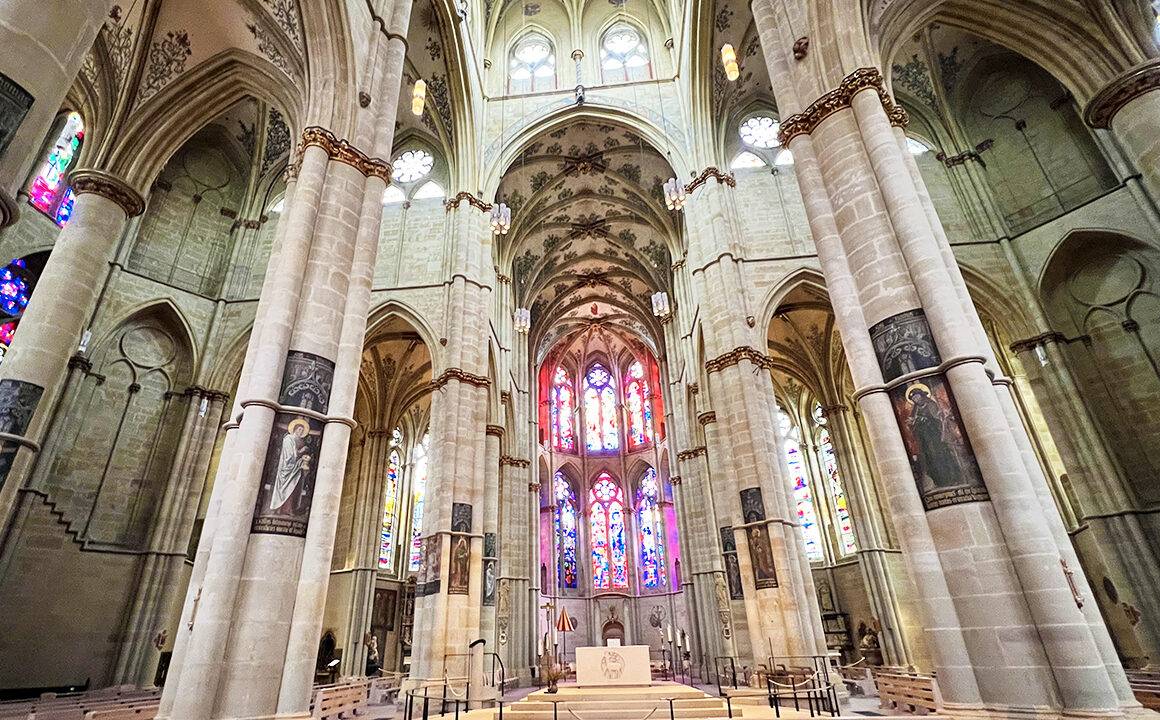 Edit
Edit
Fashion and art in Germany are deeply intertwined, reflecting the country’s rich cultural heritage and innovative spirit. German fashion is known for its unconventional young designers, sports and outdoor clothing, and a mix of ready-to-wear and custom-made creations[1]. The intersection of fashion and art in Germany is evident in various aspects of the country’s cultural landscape.
Fashion Capitals and Events
Berlin, the country’s capital, has emerged as a major fashion hub, hosting Berlin Fashion Week where young and creative German designers showcase their unique creations[1]. Other important cities in the German fashion landscape include Munich, Hamburg, and Cologne[1]. Düsseldorf, once the fashion capital of Germany, remains significant with its fashion schools and the famous Königsallee shopping boulevard[1].
Historical Influences
German fashion has been heavily influenced by the country’s socio-political environment throughout history. In the 1920s, Jewish designers played a crucial role in shaping German fashion, introducing modern and daring styles[4]. However, the Nazi era saw a dramatic shift, with policies aimed at eliminating foreign and Jewish influences in fashion[4].
Art and Fashion Fusion
The Berlinische Galerie’s collection showcases how fashion and art serve as mirrors of social changes and individual needs. In the 1920s, fashion illustrations for magazines became an important means of expression for women artists, such as Jeanne Mammen, who depicted society scenes and fashionable women in her watercolors[2].
Contemporary German Style
Modern German fashion, particularly in Berlin, is characterized by its effortlessly cool streetwear style. This aesthetic combines high fashion with vintage pieces, resulting in a put-together look that doesn’t appear overly fashionable or dressy[4]. The influence of Berlin’s club scene and the intersection of music, art, architecture, and nightlife contribute to the city’s unique fashion trends[4].
Museums and Exhibitions
Germany boasts several museums dedicated to fashion and textiles. The Museum of Decorative Arts (Kunstgewerbemuseum) in Berlin houses an extensive collection of costumes and accessories from the 18th to 20th centuries[5]. These institutions play a crucial role in preserving and showcasing Germany’s fashion heritage.
In conclusion, the relationship between fashion and art in Germany is dynamic and multifaceted, reflecting the country’s complex history and vibrant contemporary culture. From the influence of historical events to the cutting-edge designs of today, German fashion continues to evolve while maintaining a strong connection to its artistic roots.
Citations
[1] https://en.wikipedia.org/wiki/German_fashion [2] https://berlinischegalerie.de/en/exhibition/images-in-fashion-clothing-in-art/ [3] https://www.dareclan.com/post/altenburg-the-new-fashion-capital-in-germany [4] https://www.thesaint.scot/post/the-effortlessly-cool-german-style-how-history-shapes-fashion [5] https://www.fashionandtextilemuseums.com/germany/ [6] https://www.aceculturaltours.co.uk/blog/germanys-artistic-heritage-part-2 [7] https://fashionisers.com/2022/04/27/germany-is-filled-with-fashion-and-art-how-the-past-inspires-the-modern-culture-of-southern-germany/ [8] https://www.illustratoren.de/en/fashion-und-lifestyle
